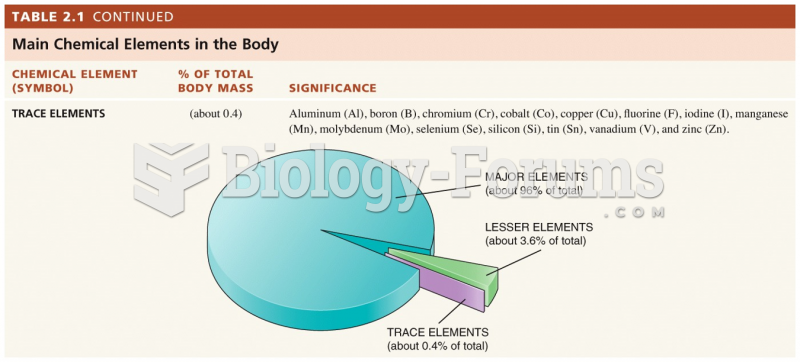Answer to Question 1
Fear of some personal loss, such as a reduction in personal prestige, a disturbance of established
social and working relationships, and personal failure due to an inability to carry out new job
responsibilities as a result of the proposed change are the greatest sources of resistance to
change. Individuals should receive information that will help them answer the following change-
related questions:
Will I lose my job?
Will my old skills become obsolete?
Will I be capable of being effective under the new system?
Will my power and prestige decline?
Will I receive more responsibility than I want?
Will I have to work longer hours?
Answer to Question 2
Management by objective (MBO) seeks to judge the performance of employees on the basis of
their success in the achievement of objectives established through consultation with managers
and supervisors. Performance improvement efforts under MBO are focused upon goals to be
achieved by employees rather than upon the activities performed or the methods by which
employees achieve these goals. The excellence movement called for making excellence in the
management of product, people, and service a first priority. In the excellence movement model,
management is flattened, and people are seen as a prime source of value-added and cannot be
trained or involved too much. Strategies, ideas, and concepts come from the bottom up. This
mold differs from the objective-driven, structured environment created by MBO by calling for
simultaneous loose and tight controls. The excellence movement calls for focus on simple form
and lean staff. Reengineering strives to plan the position of the company in the market and
reengineer to meet the challenge. Managerial structures are flattened and the company becomes
more results-oriented. The intended outcome of reengineering is a workforce united in its
common purpose of effort across the company, breaking down the barriers of department and
division. Reengineering differs from MBO and the excellence movement in its focus on planning
and controlling change
.







